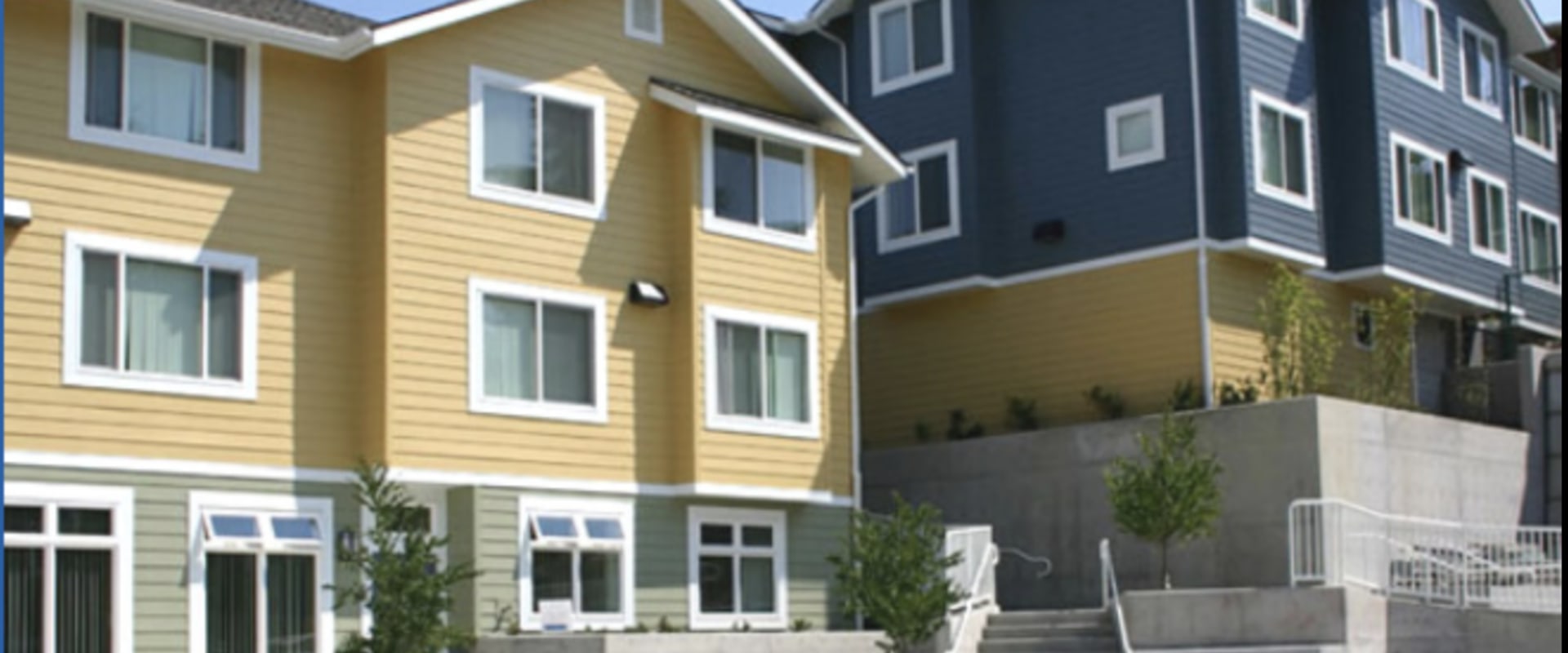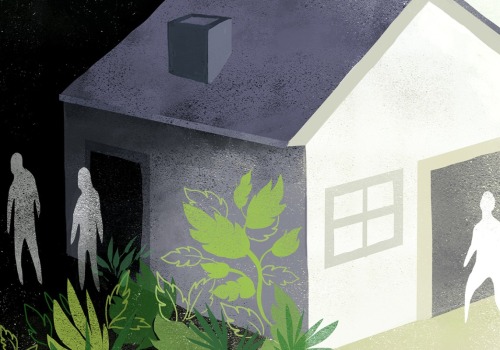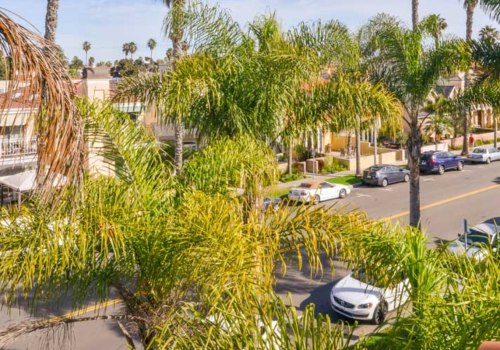The SAMHSA SOAR initiative is aimed at people who experience or are at risk of becoming homeless. These terms are defined differently by SOAR and the Social Security Administration (SSA). It is important that SOAR providers understand these differences when determining who meets the housing criteria to be an SOAR applicant and what cases can be expedited in SSA by using the “homeless flag”. SAMHSA's Mission is to Reduce the Impact of Substance Abuse and Mental Illness on U.
S. Communities. A social reintegration center is a residential center that serves several groups of people in need of rehabilitation or looking to stay sober. Some are intended for people who are transitioning from life in prison or jail, others are for people who have a chronic mental illness, and others are people who are looking for a sober life. In some cases, social reintegration houses are used to house the homeless.
Among the proposals that were approved with the commission were rules aimed at preventing former residents of sober homes from becoming homeless. Many people incorrectly associate sober living households with homelessness. Some people refer to them as “flop houses”. However, nothing could be further from the truth. These homes offer recovering addicts a place to rebuild their daily lives.
In this safe environment, they can re-acclimate to life in the “real world”. Completion of a rehabilitation program is usually a prerequisite for admission to a sober living home, 1.Although some sober living centers offer the possibility of peer support group meetings, they do not offer “formal” addiction therapy. When you seek help while working on your sobriety, it's crucial to know the difference between living sober and transitional homes so you can figure out which one is best for you. A transitional home and a sober living home still have differences that you should consider before selecting which facility you will spend your time in. Those residing in sober living households are expected to pay rent and their share of utility and grocery bills. Unlike social reintegration centers, sober living households often do not require residents to have served prison sentences.
The popularity of sober living homes as a legitimate part of aftercare has created a “boutique niche” in the industry. Restrictions differ from facility to facility, but there are some that apply to all sober living homes. As a resident in a sober living household, you are expected to maintain sobriety, find work or go to job interviews, observe curfew laws, complete the delegated election on time, and some facilities have 12 mandatory steps and recovery programs. Peers who live in sober homes can relate to what other residents are going through, so they can provide a powerful support structure. Sober living households have staff members who are responsible for enforcing these rules to ensure that the environment is drug-free and that people who are not tempted to relapse. People who have intensive use disorder of the following substances have responded positively to a sober living environment: cocaine, heroin, alcohol, methamphetamine. Knowing the difference between a sober living and a transitional home will help you determine which residence is right for your long-term sobriety and recovery skills.
Some people travel to a reintegration center after leaving a long-term addiction treatment center, prison or homeless situation, while others begin their recovery journey in a sober living environment. Currently, statistics indicate that almost three quarters of all sober living households are designed only for men. Riviera Recovery is a health and wellness sober living community that helps men 26% women recover from substance use, mental health and co-occurring disorders.




